-
-
Services
Reservation Services
VIP Services
-
Business Travel
-
About Iran
History of Zanjan
Zanjan, located in northwestern Iran, is a historic city known for its rich cultural heritage and strategic location along ancient trade routes. With a history dating back to the Sassanid era, the city has been an important center for commerce, art, and craftsmanship, especially renowned for its traditional handcrafts and metalwork.
Cultural and Historical Attractions
Zanjan is home to several notable historical and cultural landmarks. The Soltaniyeh Dome, a UNESCO World Heritage Site, is one of the largest brick domes in the world and a masterpiece of Persian architecture. Within the city, visitors can explore the Zanjan Grand Bazaar, the Jameh Mosque of Zanjan, and various traditional houses that reflect the city’s artistic heritage.
Natural Surroundings and Tourism
The province around Zanjan offers diverse natural attractions. Travelers can visit Qezel Ozan River, Gonjik Mountain, and the Katale Khor Cave, a spectacular limestone cave system ideal for adventure and exploration. Zanjan combines history, architecture, and natural beauty, making it an engaging destination for tourists seeking both cultural enrichment and outdoor activities.
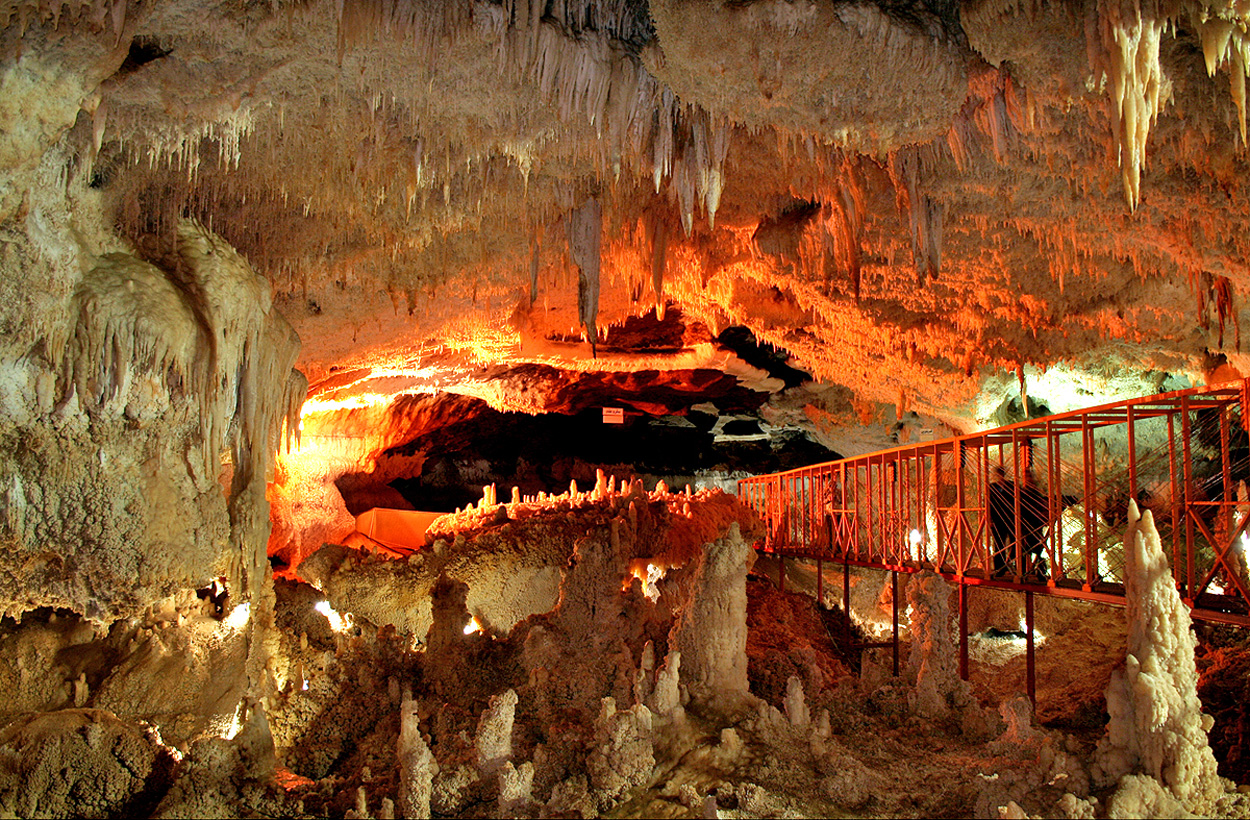



Soltaniyeh Dome, located near Zanjan, is a UNESCO World Heritage Site and one of the most remarkable architectural achievements of the Ilkhanid era. Built in the early 14th century, it features a massive brick dome, intricate tile work, and elegant decorative patterns, reflecting the grandeur of Persian-Islamic architecture. Visitors can explore the monument and its surrounding complex to admire its scale, craftsmanship, and historical significance as one of the largest domes in the world.

Katale Khor Cave, located near Zanjan, is one of Iran’s largest and most impressive limestone cave systems. Known for its stunning stalactites, stalagmites, and natural rock formations, the cave stretches for several kilometers and offers an adventurous exploration experience for visitors. The cool interior, unique geological structures, and dramatic lighting make Katale Khor a must-visit destination for nature lovers and tourists seeking an extraordinary underground landscape.
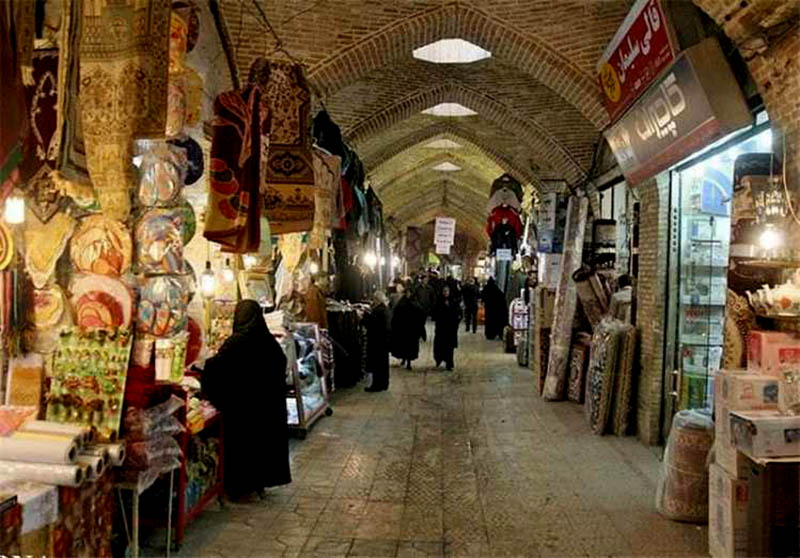
Zanjan Grand Bazaar is a historic and vibrant marketplace located in the heart of Zanjan city. Known for its traditional Persian architecture with vaulted ceilings and winding alleys, the bazaar offers a wide range of goods, including handicrafts, carpets, knives, and local souvenirs. Visitors can experience the lively atmosphere, explore centuries-old shops, and immerse themselves in the rich cultural and commercial heritage of Zanjan.
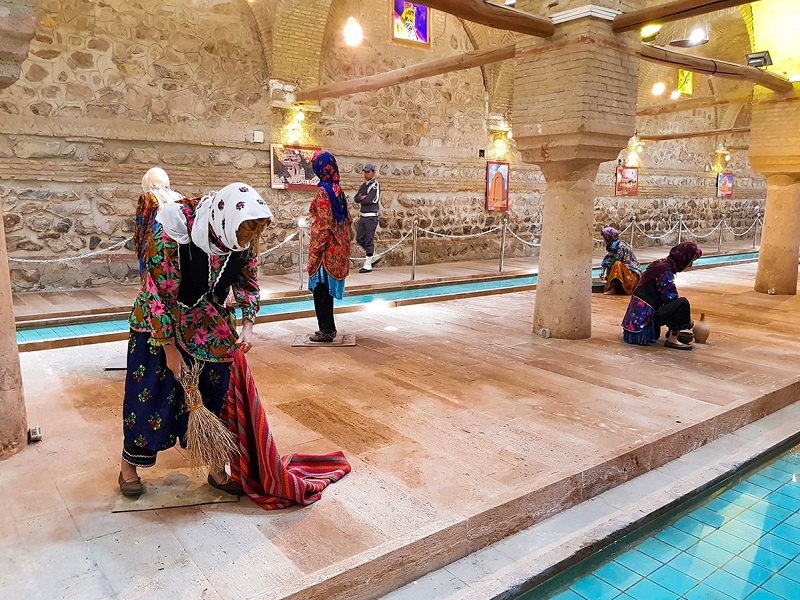
Rokhshoukhaneh Museum, located in Zanjan, is a cultural and historical museum housed in a restored Qajar-era building that was originally used as a public laundry facility. The museum showcases traditional artifacts, local handicrafts, and exhibits on daily life in historical Zanjan. Visitors can explore the beautifully preserved architecture and learn about the city’s social and cultural heritage, making it a unique and educational destination.

Salt Men Museum, located near Zanjan, is a fascinating archaeological museum dedicated to the preservation of ancient human remains naturally mummified in salt. The museum displays several well-preserved specimens dating back thousands of years, offering unique insights into ancient burial practices and human history. Visitors can explore the exhibits and learn about the scientific and cultural significance of these remarkable discoveries, making it a captivating destination for history and archaeology enthusiasts.

Tomb of Qeydar Nabi, located near Zanjan, is believed to be the resting place of the prophet Qeydar. The site features traditional Persian-Islamic architectural elements, including a domed structure and decorative tile work. Visitors come to pay their respects, enjoy the serene surroundings, and learn about the historical and cultural significance of this sacred site in the region.
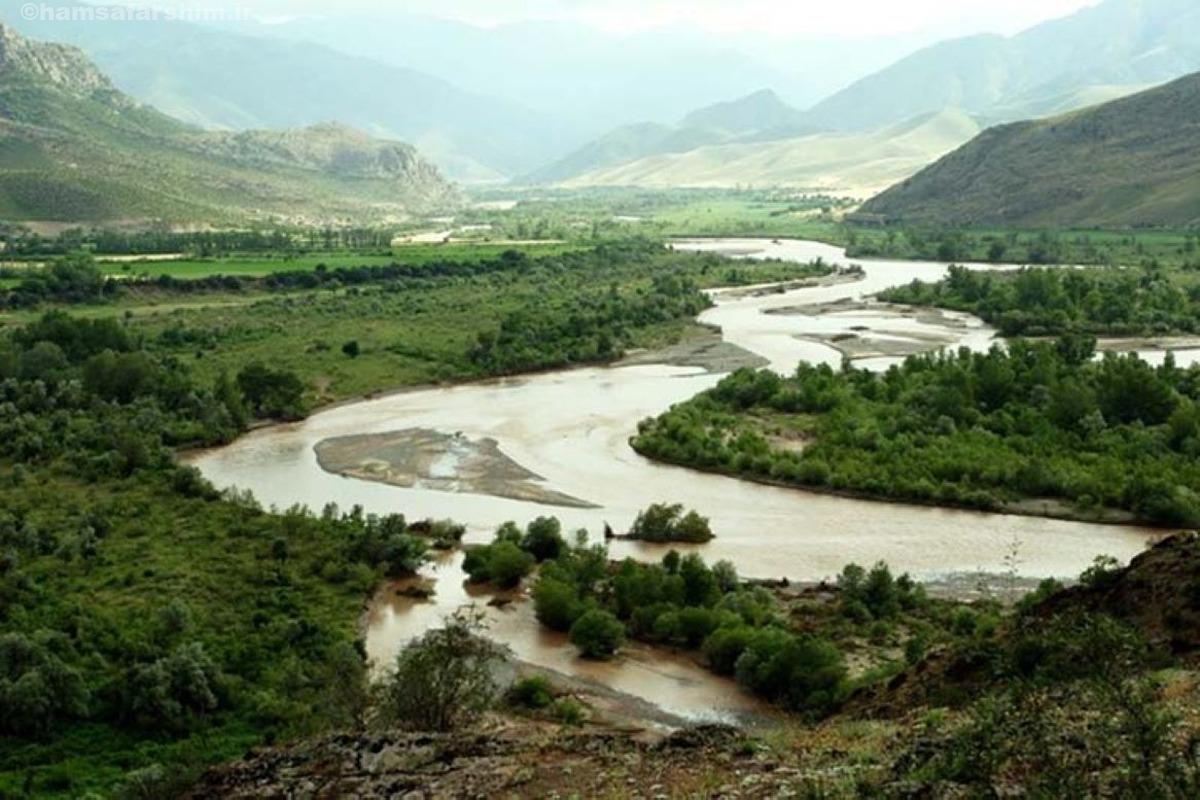
Qezel Ozan River, flowing through Zanjan Province in northwestern Iran, is one of the region’s major rivers and an important natural landmark. Originating in the mountains of the region, the river provides water for agriculture, supports local ecosystems, and creates picturesque landscapes along its course. Visitors can enjoy scenic views, riverside walks, and recreational activities while exploring the natural beauty and cultural significance of the Qezel Ozan River in Zanjan.
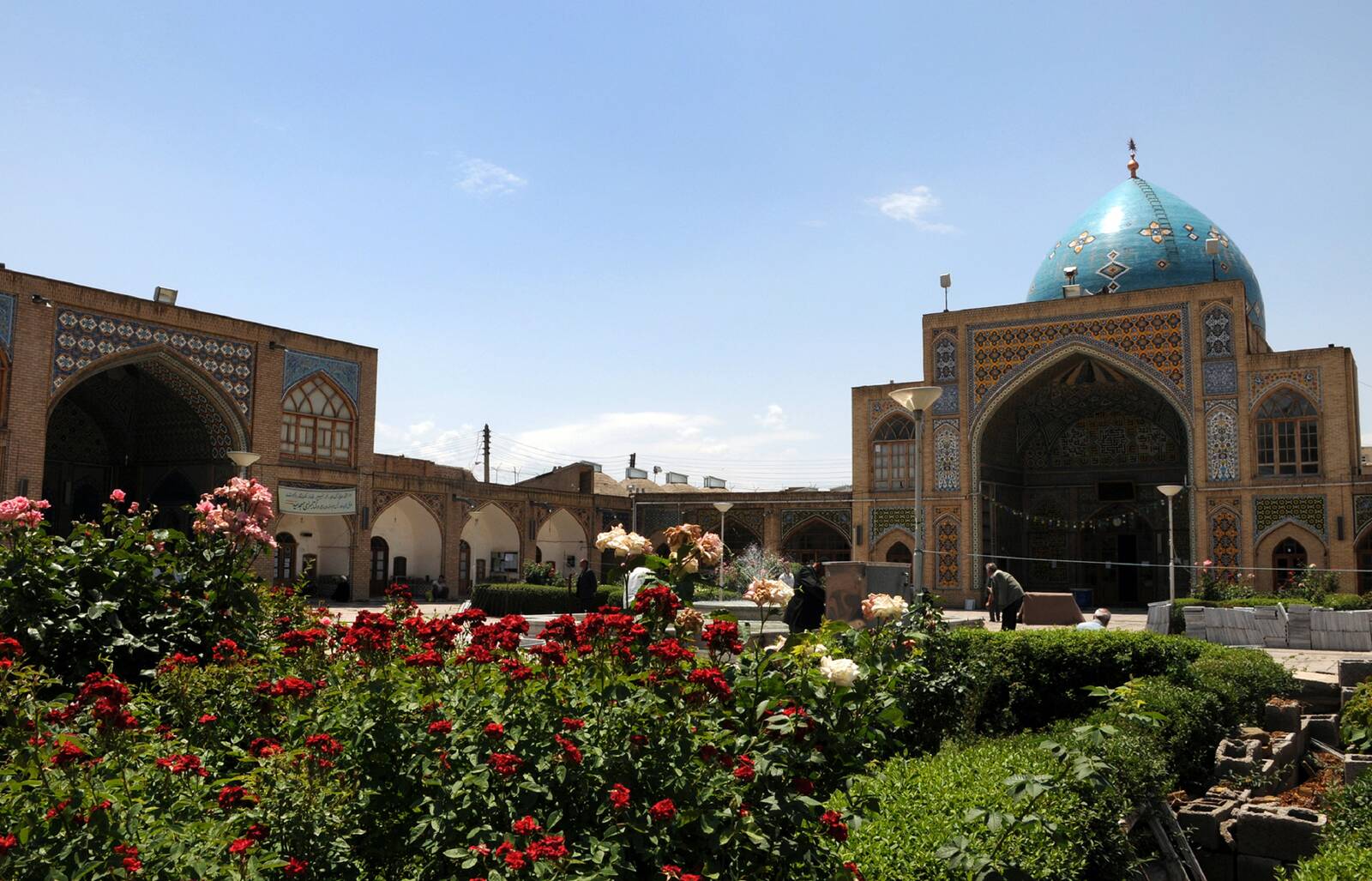
Jameh Mosque of Zanjan, located in the heart of the city, is one of Zanjan’s oldest and most important religious sites. Built during the Seljuk and later Qajar periods, the mosque features traditional Persian-Islamic architecture, including a spacious courtyard, elegant domes, and intricately decorated prayer halls. Visitors can admire its historical significance, architectural beauty, and the spiritual atmosphere that makes it a key landmark in Zanjan.
+989301903026
+982166126539
Info@Rosha.Travel
Saturday - Thursday 09 Am – 05 Pm
Iran, Tehran, End of Keshavarz Blvd, Corner of Ghajar Alley, North Jamalzadeh St, No. 528, Unit 4, 2nd Floor